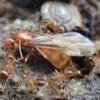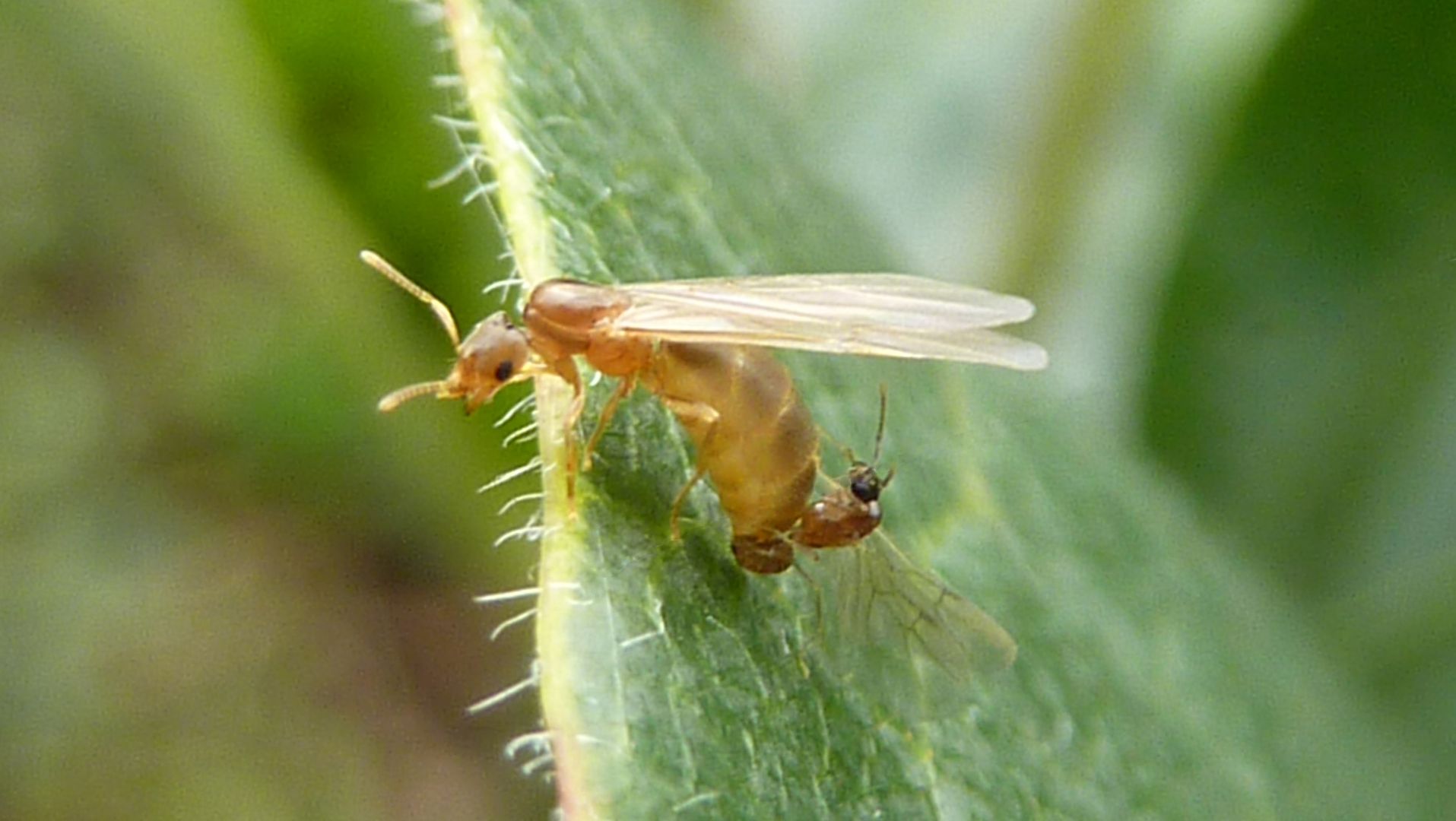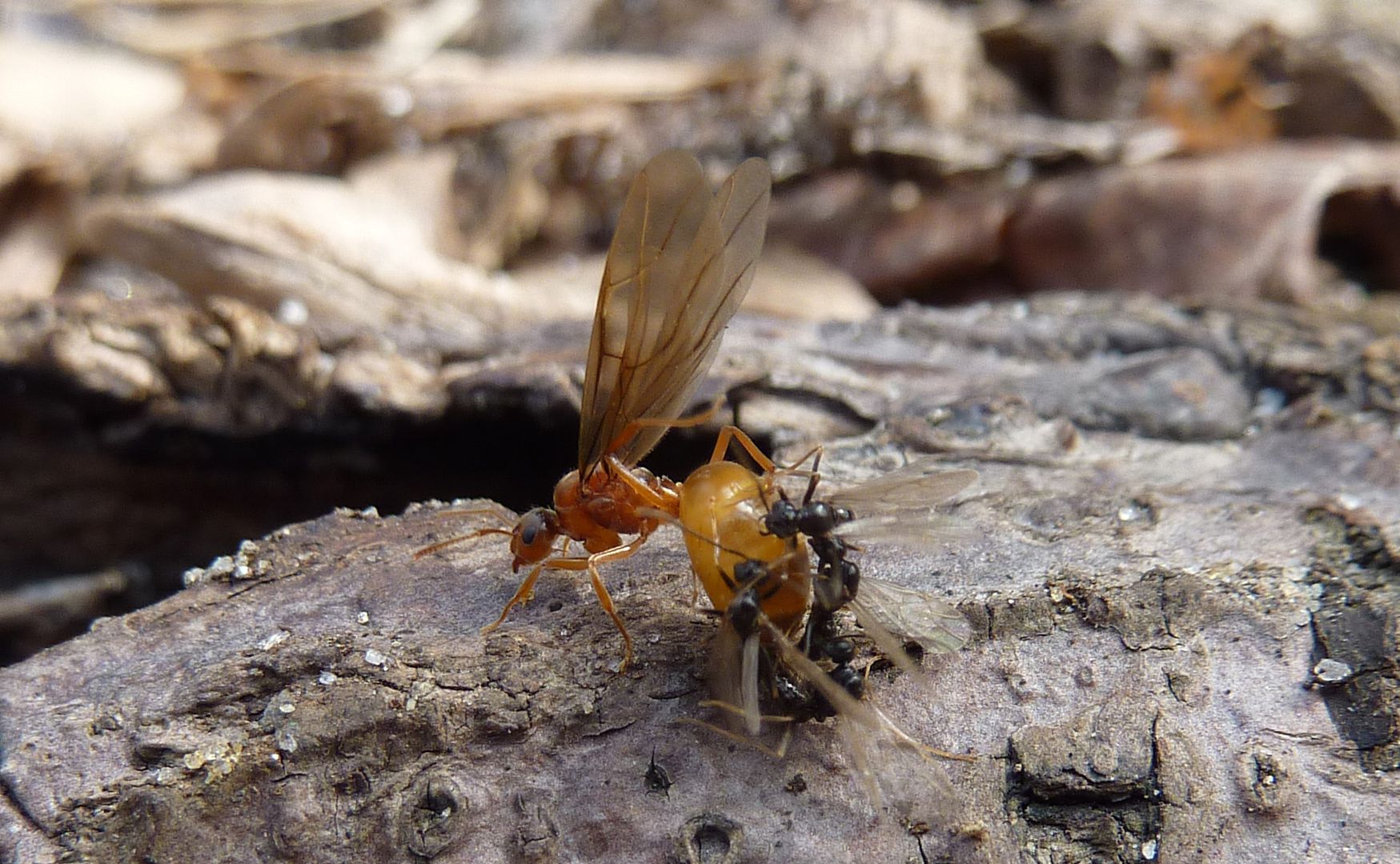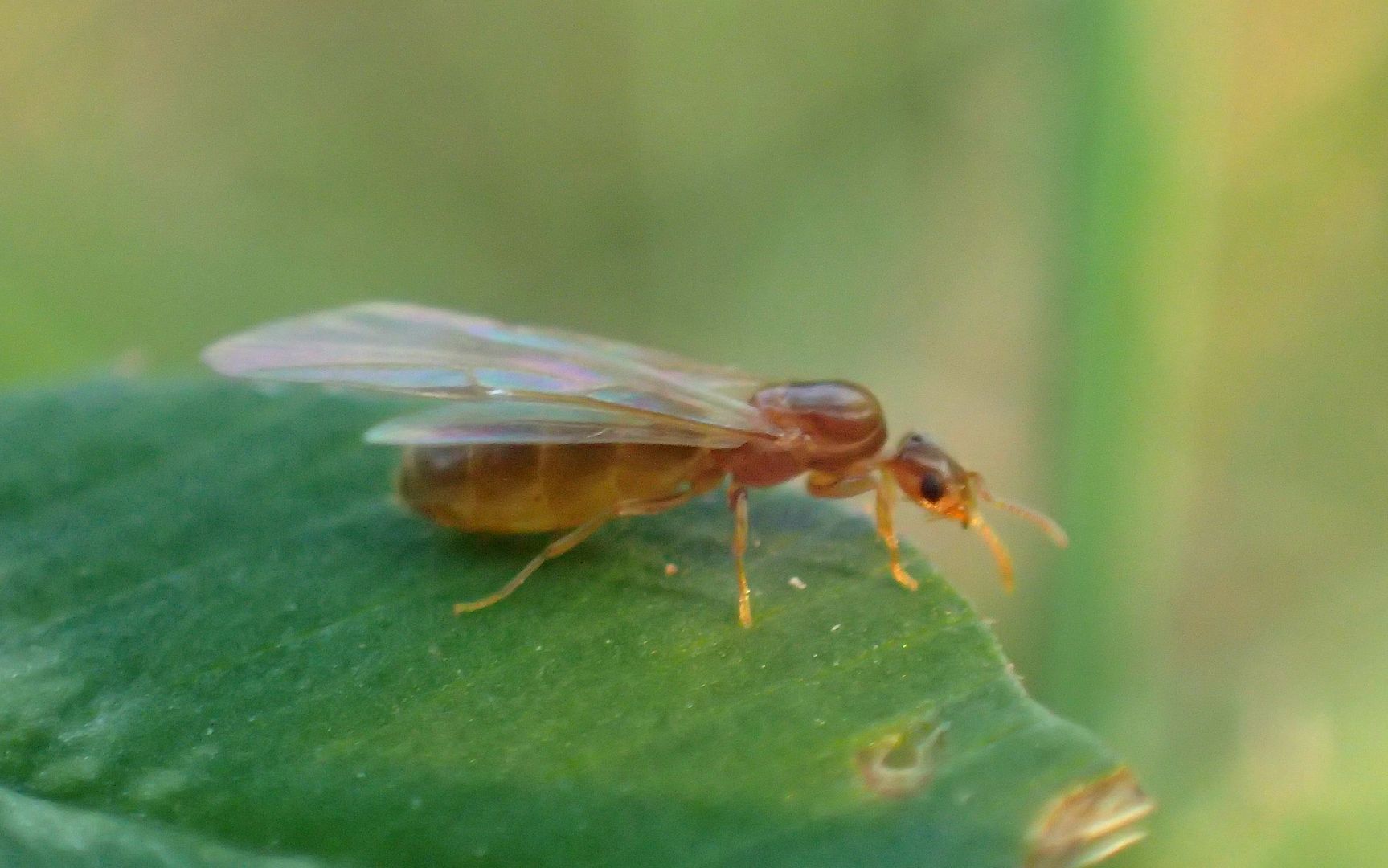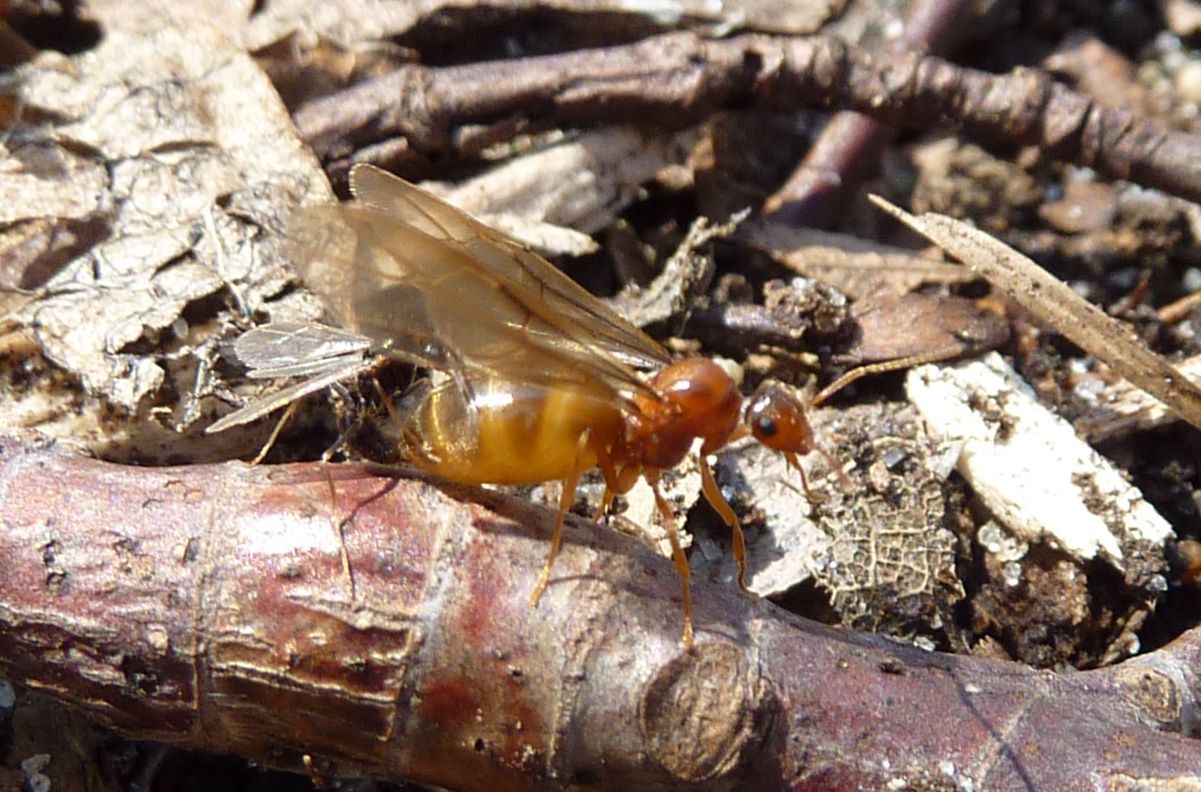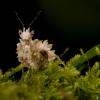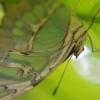- Formiculture.com
- Forums
- Gallery
- Members
- Member Map
- Chat

Prenolepis imparis flights in fall?
Started By
T.C.
, Sep 21 2017 5:28 PM
12 replies to this topic
#1
 Offline
-
Posted September 21 2017 - 5:28 PM
Offline
-
Posted September 21 2017 - 5:28 PM
Hello, I'm located in wisconsin. I found a queen today that very much resembles Prenolepis imparis. I was curious if there is any documentation of late summer, early fall flights?
“If I am killed for simply living, let death be kinder than man.” -Althea Davis
#2
 Offline
-
Posted September 21 2017 - 5:35 PM
Offline
-
Posted September 21 2017 - 5:35 PM
Hello, I'm located in wisconsin. I found a queen today that very much resembles Prenolepis imparis. I was curious if there is any documentation of late summer, early fall flights?
ID thread?
I know there are small Lasius niger populations in the United States, although it is unlikely you found one.
Edited by VoidElecent, September 21 2017 - 5:47 PM.
#3
 Offline
-
Posted September 21 2017 - 6:06 PM
Offline
-
Posted September 21 2017 - 6:06 PM
No ID, thread yet. I'll get to that later.
But I am curious, what does L. niger have to do with this?
But I am curious, what does L. niger have to do with this?
“If I am killed for simply living, let death be kinder than man.” -Althea Davis
#4
 Offline
-
Posted September 21 2017 - 6:16 PM
Offline
-
Posted September 21 2017 - 6:16 PM
Brachymyrmex dipilis queens have the exact same color pattern but differ in being only ~4mm long.
Prenolepis imparis
Brachymyrmex dipilis
Prenolepis imparis
There's a slight chance you're referring to a Lasius queen of some kind. L. flavus perhaps?
North America: Ant Genera, Species List, "Native Plants for Honeybees" | My YouTube Channel
#5
 Offline
-
Posted September 21 2017 - 6:34 PM
Offline
-
Posted September 21 2017 - 6:34 PM
I'm pretty familiar with all the Lasius species in my area, including L. Flavus. At this point this queen still has her wings. I actually got her in a pond where she had crash landed. And because of that, her wings are stuck to her gaster. Because of it, I can only see the upper sides. Also, I know your not generally supposed to go off of color, but don't Brachymyrmex dipilis generally have more light or clear wings. Mine has much darker wings.
Guess all I can do is get photos.
Edit: Take note, I'm not saying it is P. Imparis and it likely isn't. I'm also not saying it isn't what's been suggested.
Guess all I can do is get photos.
Edit: Take note, I'm not saying it is P. Imparis and it likely isn't. I'm also not saying it isn't what's been suggested.
Edited by T.C., September 21 2017 - 6:47 PM.
“If I am killed for simply living, let death be kinder than man.” -Althea Davis
#6
 Offline
-
Posted September 22 2017 - 8:11 AM
Offline
-
Posted September 22 2017 - 8:11 AM
I'm thinking that it's L. Neoniger - I still have a few colonies of P. Imparis from earlier this year and it would be really easy to mistake L. Neoniger as them. The big difference is that P. Imparis are bright orange when they first fly, then they become a more dull orange/brown color after awhile.
Here are some pictures for comparison:
https://www.tapatalk.com/groups/antfarm/imageproxy.php?url=http://i12.photobucket.com/albums/a225/SYNDICATE_/D40X/imparisqueen02copy.jpg
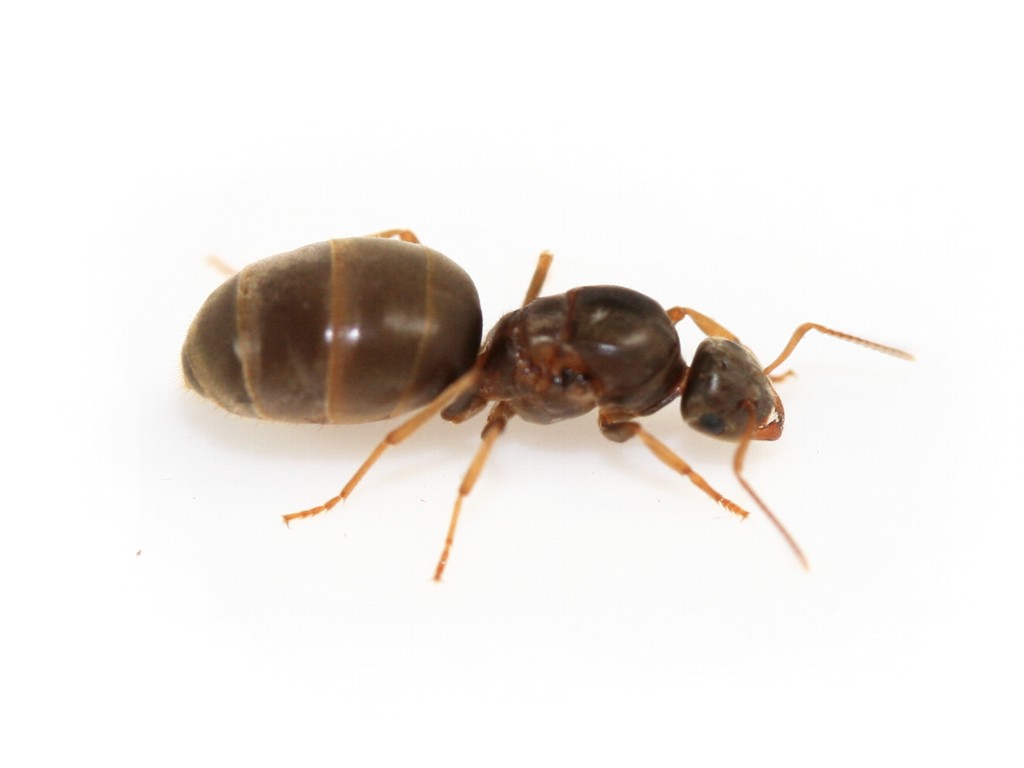
#7
 Offline
-
Posted September 22 2017 - 2:48 PM
Offline
-
Posted September 22 2017 - 2:48 PM
No ID, thread yet. I'll get to that later.
But I am curious, what does L. niger have to do with this?
I'm pretty familiar with all the Lasius species in my area, including L. Flavus. At this point this queen still has her wings. I actually got her in a pond where she had crash landed. And because of that, her wings are stuck to her gaster. Because of it, I can only see the upper sides. Also, I know your not generally supposed to go off of color, but don't Brachymyrmex dipilis generally have more light or clear wings. Mine has much darker wings.
Guess all I can do is get photos.
Edit: Take note, I'm not saying it is P. Imparis and it likely isn't. I'm also not saying it isn't what's been suggested.
Some myrmecologists have referred to P. imparis queens as closely resembling those of Lasius niger; but you're right, it's unlikely.
An easy way to eliminate B. depilis would be to look at its size. Brachymyrmex are some of the smallest ants in the continent; with queens measuring 4-5 millimeters at most.
- T.C. likes this
#8
 Offline
-
Posted September 22 2017 - 2:55 PM
Offline
-
Posted September 22 2017 - 2:55 PM
I'm thinking that it's L. Neoniger - I still have a few colonies of P. Imparis from earlier this year and it would be really easy to mistake L. Neoniger as them. The big difference is that P. Imparis are bright orange when they first fly, then they become a more dull orange/brown color after awhile.
Here are some pictures for comparison:
I got L. Neoniger and and L. Alienus colonies. It's not that.
“If I am killed for simply living, let death be kinder than man.” -Althea Davis
#9
 Offline
-
Posted October 16 2017 - 5:45 PM
Offline
-
Posted October 16 2017 - 5:45 PM
Pictures would really help, but there is a chance that it was P. Imparis.
Proverbs 6:6-8 New International Version (NIV)
6 Go to the ant, you sluggard;
consider its ways and be wise!
7 It has no commander,
no overseer or ruler,
8 yet it stores its provisions in summer
and gathers its food at harvest.
#10
 Offline
-
Posted October 16 2017 - 6:03 PM
Offline
-
Posted October 16 2017 - 6:03 PM
Maybe one Prenolepis alate hung around in the nest for two whole seasons.
Hawaiiant (Ben)
Keeper of
Miniature Labradoodle
Baby Wolf Spider
Mud Dauber wasp larvae
Ochetellus Glaber
Solenopsis Geminata
Brachymyrmex Obscurior
Cardiocondyla Emeryi
Tetramorium Bicarinatum
Plagiolepis Alluaudi
Anoplolepis Gracilipes
Technomyrmex Difficilis
Pheidole Megacephala
Aholehole fish
Cowrie snail
Sea Fan Worm
100+ sea squirts
Tree seedlings
Ghost Crab
Day Gecko
Small Fat Centipede
Endemic Lacewing larva
Vernal Pool shrimps
Keeper of
Miniature Labradoodle
Baby Wolf Spider
Mud Dauber wasp larvae
Ochetellus Glaber
Solenopsis Geminata
Brachymyrmex Obscurior
Cardiocondyla Emeryi
Tetramorium Bicarinatum
Plagiolepis Alluaudi
Anoplolepis Gracilipes
Technomyrmex Difficilis
Pheidole Megacephala
Aholehole fish
Cowrie snail
Sea Fan Worm
100+ sea squirts
Tree seedlings
Ghost Crab
Day Gecko
Small Fat Centipede
Endemic Lacewing larva
Vernal Pool shrimps
#11
 Offline
-
Posted October 16 2017 - 6:05 PM
Offline
-
Posted October 16 2017 - 6:05 PM
Your queen could also very well be a lighter variation of Formica pallidefulva.

#12
 Offline
-
Posted October 16 2017 - 6:09 PM
Offline
-
Posted October 16 2017 - 6:09 PM
Your queen could also very well be a lighter variation of Formica pallidefulva.
I don't believe their workers look like ultraex's
All my colonies are dead.
Except:
Pogonomyrmex barbatus
Pheidole obscurithorax
Pheidole morens
#13
 Offline
-
Posted October 16 2017 - 6:13 PM
Offline
-
Posted October 16 2017 - 6:13 PM
I don't believe their workers look like ultraex's
I'm not sure what you're referring to— I thought T.C.'s queen may be Formica, in the plaiidefulva group.
0 user(s) are reading this topic
0 members, 0 guests, 0 anonymous users




